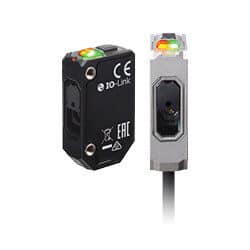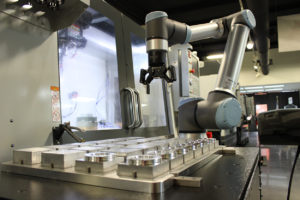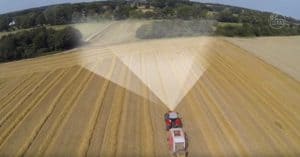Automation Glossary: Photoelectric Sensor
What Is A Photoelectric Sensor?
A photoelectric sensor is a device that senses light and translates it into an electrical signal. It includes a light-sensitive component, such as a photodiode, phototransistor, or photoresistor, paired with a light source, often an LED. When light hits the sensitive element, it alters the electrical resistance or current, which can then be measured and utilized to operate other devices.
What Are Photoelectric Sensors Used For?
- Object Detection and Counting: Identifying the presence or absence of items on a conveyor belt or counting objects as they move past a designated point.
- Position Monitoring: Tracking the location of moving components such as robotic arms or machine tools.
- Level Monitoring: Assessing the levels of liquids or granular substances in containers, such as tanks or silos.
- Edge Tracking: Identifying the edges of materials, such as sheets of paper or metal, to trigger cutting or other processes.

Related Terms
Occupancy detection within vehicles is a technological system engineered to determine the presence and number of individuals inside a vehicle....
A tensile tester is a device designed to quantify the tensile strength of substances, representing the maximum force a material can endure before fracturing under tension....






